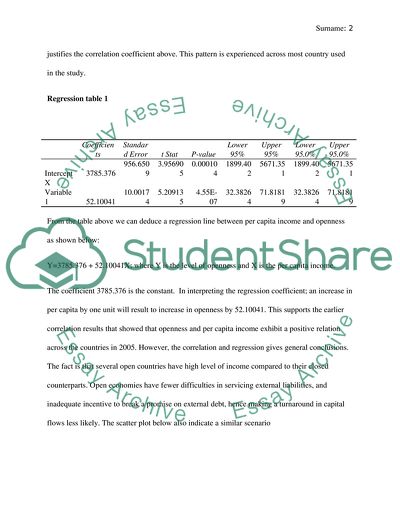Cite this document
(Openness and Income Assignment Example | Topics and Well Written Essays - 1000 words, n.d.)
Openness and Income Assignment Example | Topics and Well Written Essays - 1000 words. Retrieved from https://studentshare.org/macro-microeconomics/1608559-economic-growth
Openness and Income Assignment Example | Topics and Well Written Essays - 1000 words. Retrieved from https://studentshare.org/macro-microeconomics/1608559-economic-growth
(Openness and Income Assignment Example | Topics and Well Written Essays - 1000 Words)
Openness and Income Assignment Example | Topics and Well Written Essays - 1000 Words. https://studentshare.org/macro-microeconomics/1608559-economic-growth.
Openness and Income Assignment Example | Topics and Well Written Essays - 1000 Words. https://studentshare.org/macro-microeconomics/1608559-economic-growth.
“Openness and Income Assignment Example | Topics and Well Written Essays - 1000 Words”, n.d. https://studentshare.org/macro-microeconomics/1608559-economic-growth.


